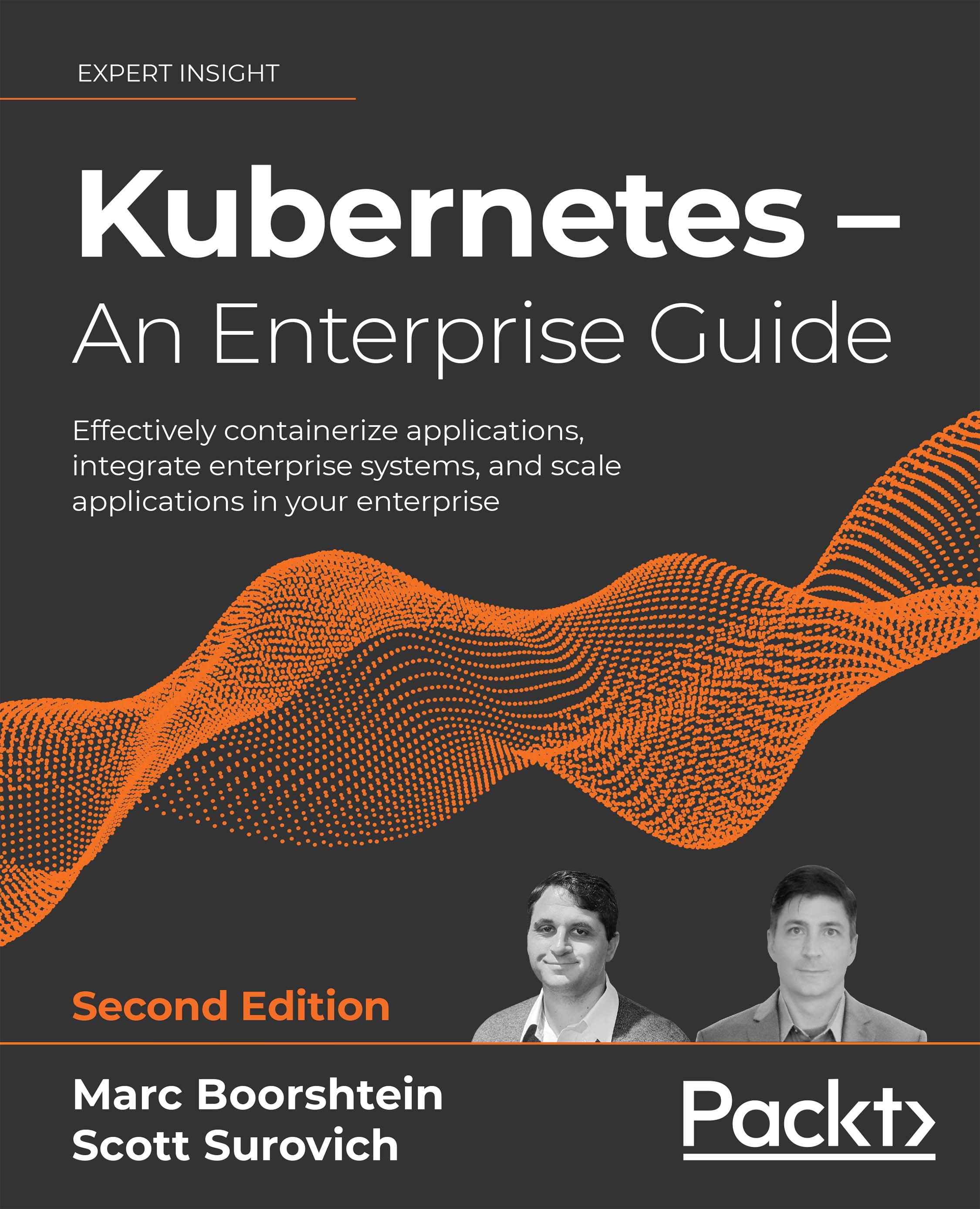Summary
In this chapter, you were thrown into a Kubernetes bootcamp that presented a lot of technical material in a short amount of time. Try to remember that this will all become easier as you get into the Kubernetes world in more depth. We realize that this chapter had a lot of information on many resources. Many of the resources will be used in later chapters, and they will be explained in greater detail.
You learned about each Kubernetes component and how they interact to create a cluster. With this knowledge, you have the required skills to look at errors in a cluster and determine which component may be causing an error or issue. We covered the control plane of a cluster where the api-server, kube-scheduler, Etcd, and control managers run. The control plane is how users and services interact with a cluster; using the api-server and the kube-scheduler will decide which worker node to schedule your Pod(s) on. You also learned about Kubernetes nodes that run the kubelet and...
































































